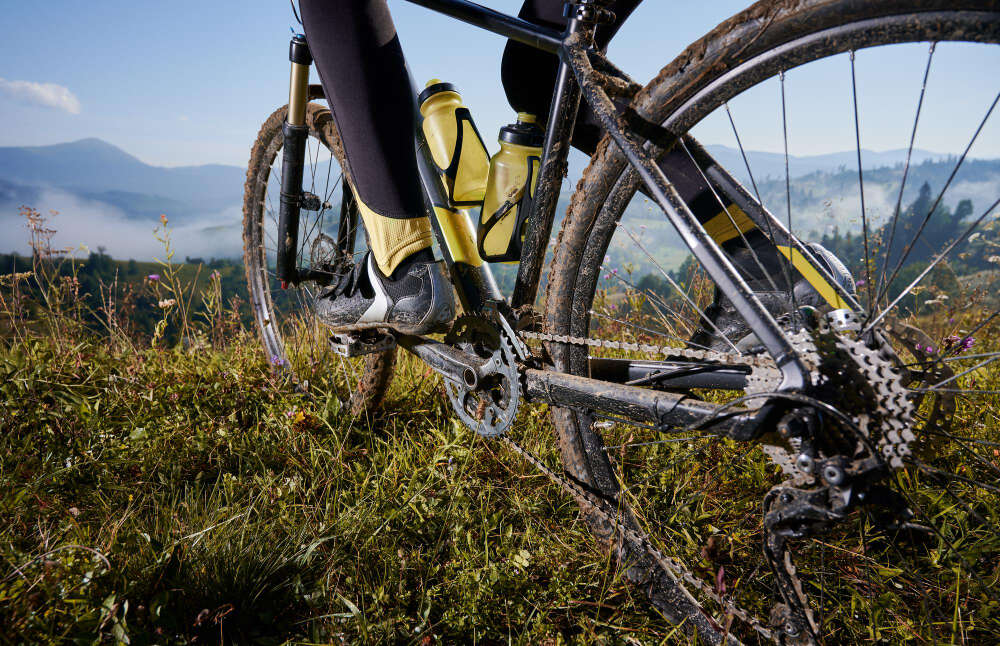In recent years, gravel bikes have revolutionized the cycling world, bridging the gap between traditional road bikes and mountain bikes. These versatile machines have captured the imagination of cyclists worldwide, offering the perfect blend of speed, comfort, and adventure capabilities. Whether you’re a seasoned cyclist looking to expand your horizons or a newcomer seeking the ideal all-around bike, gravel bikes might be exactly what you’re looking for.
What is a gravel bike? Understanding the basics
At its core, a gravel bike combines the efficient geometry of a road bike with the rugged capabilities of a mountain bike. These bikes are designed to handle a wide variety of terrain, from smooth pavement to rough dirt roads and everything in between. The result is a remarkably versatile machine that opens up new possibilities for exploration and adventure. For a comprehensive resource on cycling gear and equipment, visit https://www.velovision.fr/.
Key features that set gravel bikes apart
The unique design elements of gravel bikes make them stand out in the cycling world. The frame geometry is more relaxed compared to road bikes, with a longer wheelbase and slacker head tube angle. This design provides greater stability on rough terrain while maintaining efficient pedaling mechanics. Another distinctive feature is the ability to accommodate wider tires, typically ranging from 35mm to 50mm, offering improved traction and comfort on unpaved surfaces.
Nearly all gravel bikes come equipped with disc brakes, providing reliable stopping power in all weather conditions and terrain types. Multiple mounting points for racks, fenders, and cargo bags make these bikes incredibly versatile for everything from daily commuting to multi-day bikepacking adventures.
Why choose a gravel bike? The benefits explained
The growing popularity of gravel bikes isn’t just a trend – these machines offer genuine advantages for various riding styles and purposes. Their unmatched versatility allows riders to explore back roads and trails without worrying about terrain limitations, while also serving perfectly for daily commuting. The comfortable geometry and robust construction make them ideal for urban riding, and they remain efficient enough for serious workouts while being more comfortable than pure road bikes.
Performance-wise, gravel bikes excel in several areas. The relaxed geometry and wider tires provide a smoother ride compared to traditional road bikes, while better traction and stable handling inspire confidence on various surfaces. Their year-round reliability, thanks to weather-resistant components and disc brakes, ensures consistent performance in all conditions.
Choosing your perfect gravel bike: A buyer’s guide
When selecting a gravel bike, frame material plays a crucial role in determining the bike’s characteristics. Carbon fiber offers a lightweight and vibration-dampening ride, ideal for performance-oriented riders. Aluminum provides an affordable and durable option perfect for beginners and value-conscious cyclists. Steel delivers comfort and classic looks, while titanium represents a premium option offering excellent durability and ride characteristics.
Component selection is equally important. Wide-range gearing allows riders to handle varied terrain effectively, while tire width should match your typical riding conditions. Hydraulic disc brakes offer the best performance, though mechanical disc brakes provide good value for those on a tighter budget.
Popular gravel bike models
The market offers excellent options across different price points. Entry-level riders might consider the Specialized Diverge Base, Trek Checkpoint ALR, or Giant Revolt. In the mid-range category, the Cannondale Topstone, Santa Cruz Stigmata, and Salsa Warbird offer compelling features. For those seeking premium options, the Allied Able, Cervélo Áspero, and Open UPPER represent some of the finest gravel bikes available.

Essential accessories and getting started
To make the most of your gravel biking experience, consider investing in tubeless tires to reduce flat risks and improve ride quality. A reliable cycling computer can help navigate new routes, while appropriate clothing ensures comfort in varying conditions. For new riders, starting on easier terrain and gradually progressing to more challenging routes is advisable. Learning basic bike maintenance and joining local gravel cycling groups can enhance your experience significantly.
Gravel bike vs. road bike: making the right choice
When comparing gravel bikes to road bikes, the key difference lies in their versatility. While road bikes excel on pavement, gravel bikes offer superior adaptability for mixed-terrain riding. Their more comfortable positioning makes them ideal for longer adventures, while their enhanced stability and control shine on rough surfaces. The increased capability for carrying gear further distinguishes them from traditional road bikes.
Your next adventure awaits
Gravel bikes represent more than just a new category of cycling – they embody the spirit of adventure and versatility that many riders seek. Whether you’re looking to explore new territories, enhance your daily commute, or simply enjoy a more comfortable and capable riding experience, a gravel bike could be your perfect companion for countless adventures ahead.
